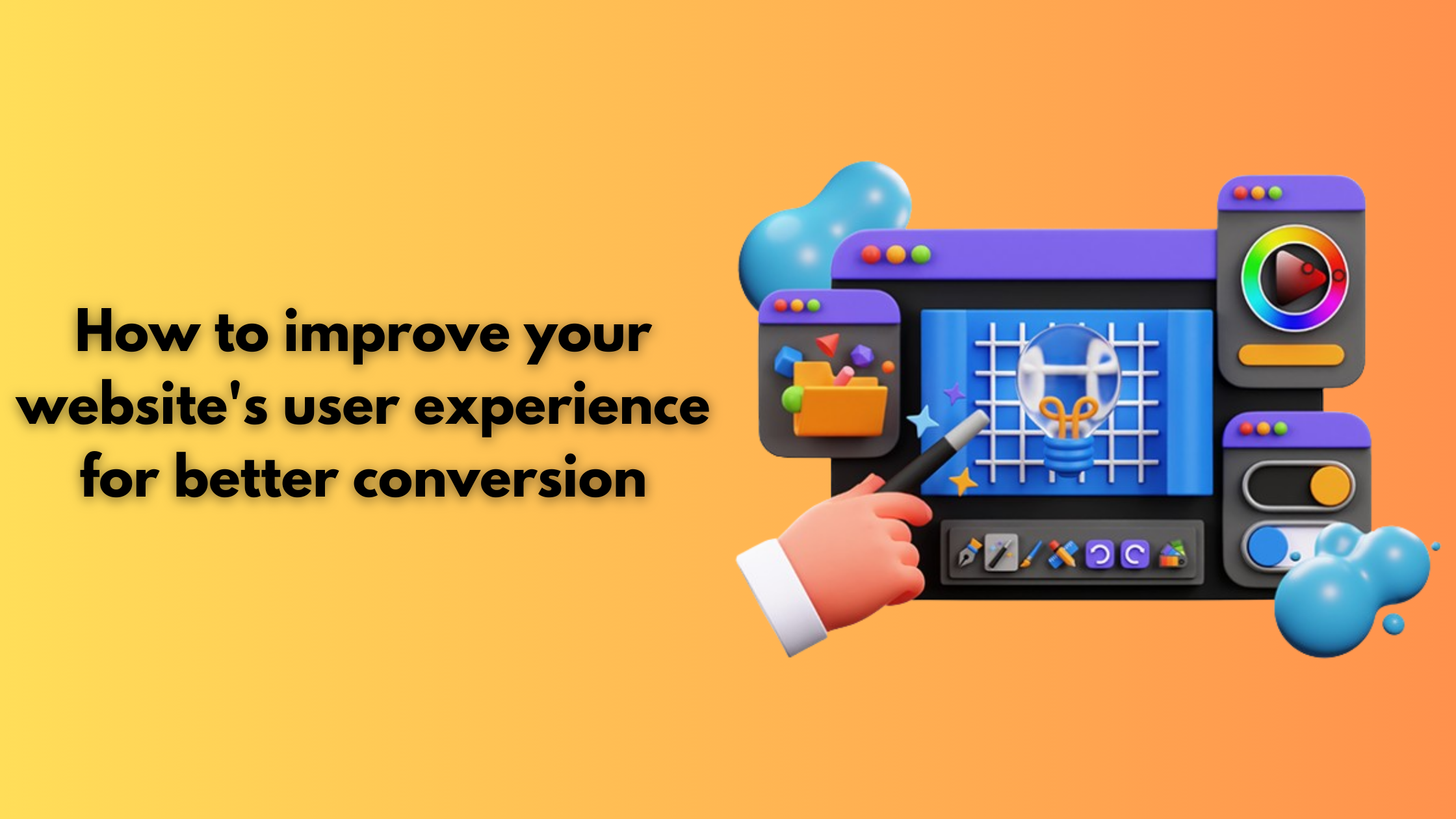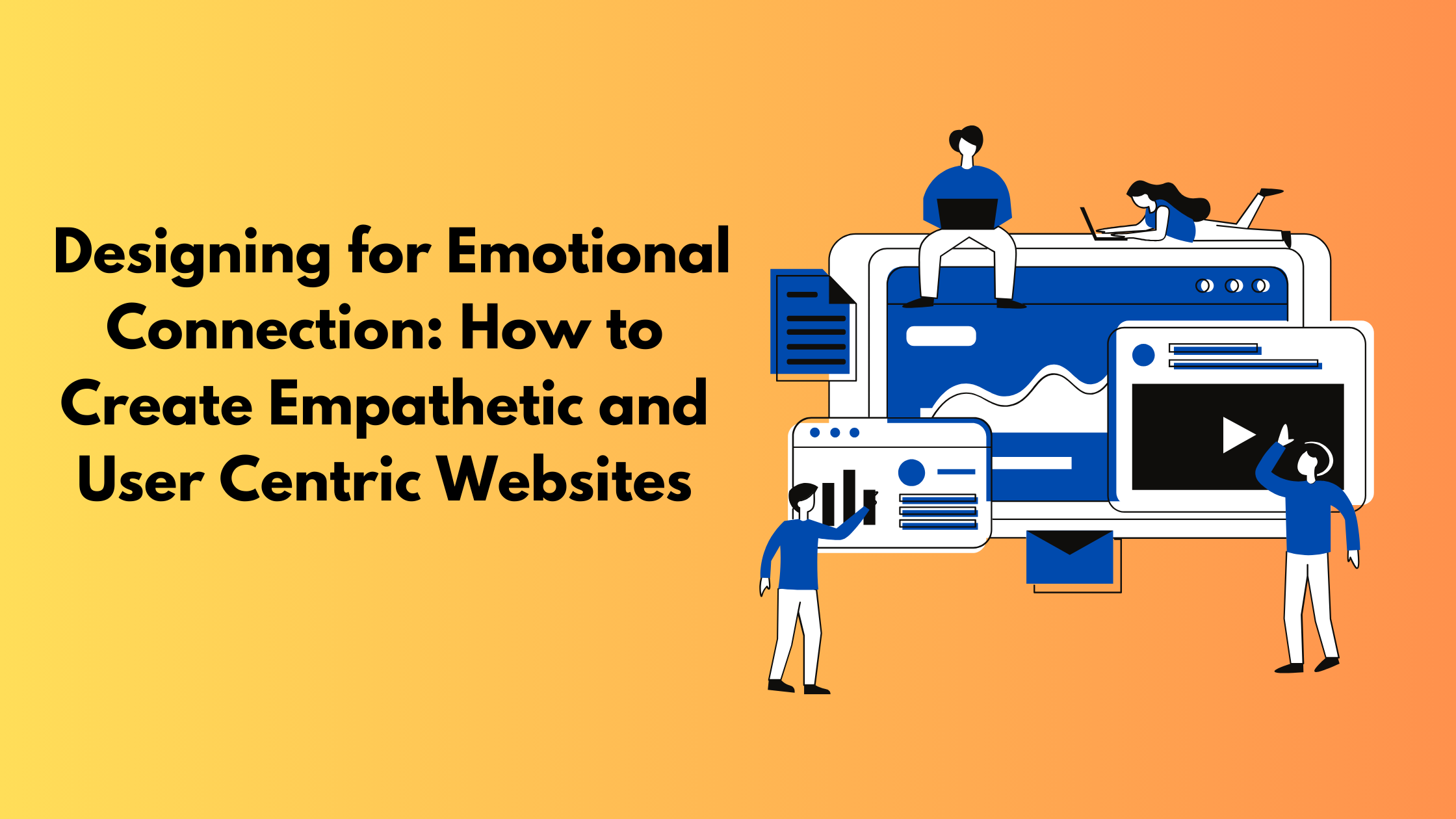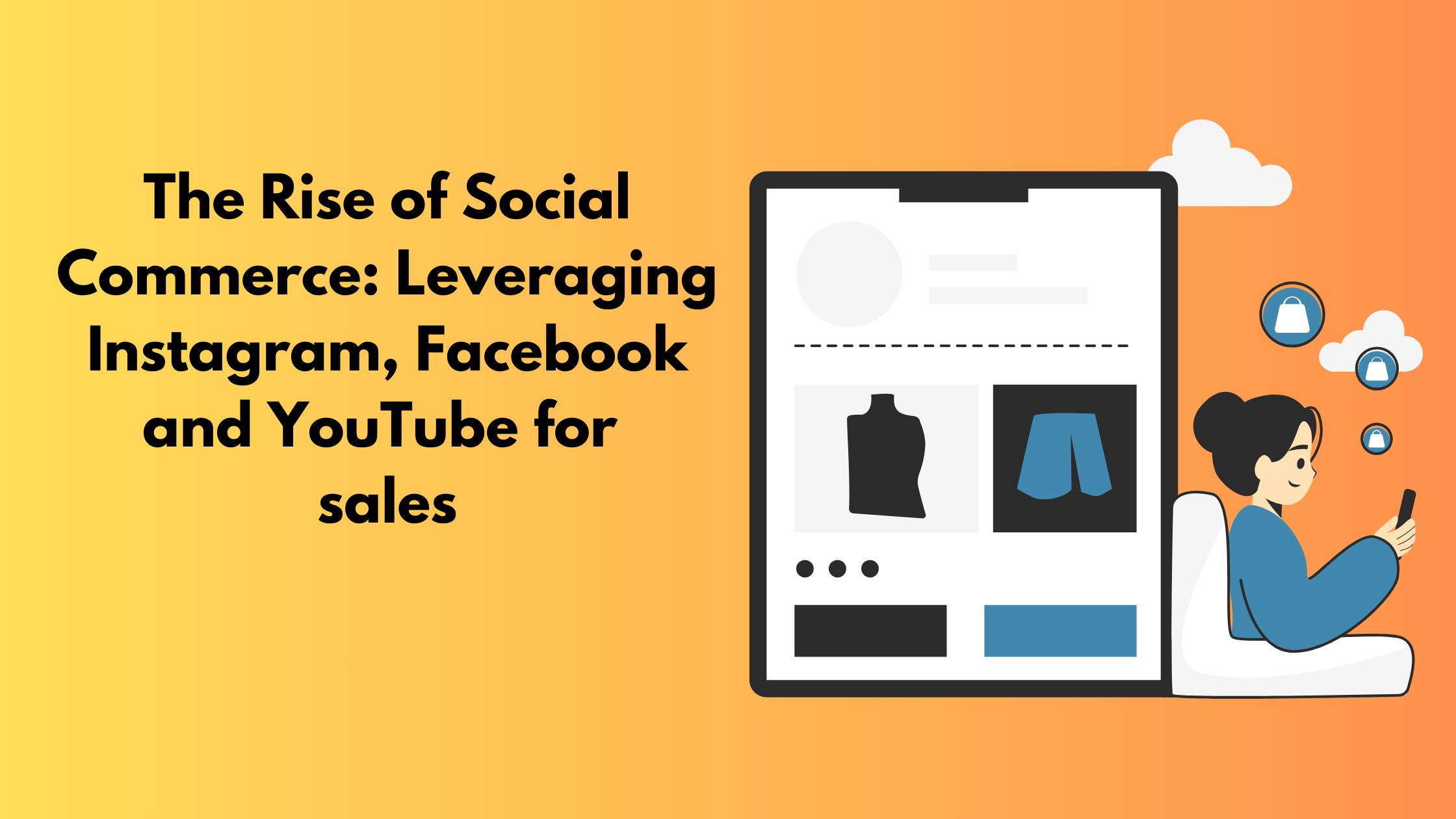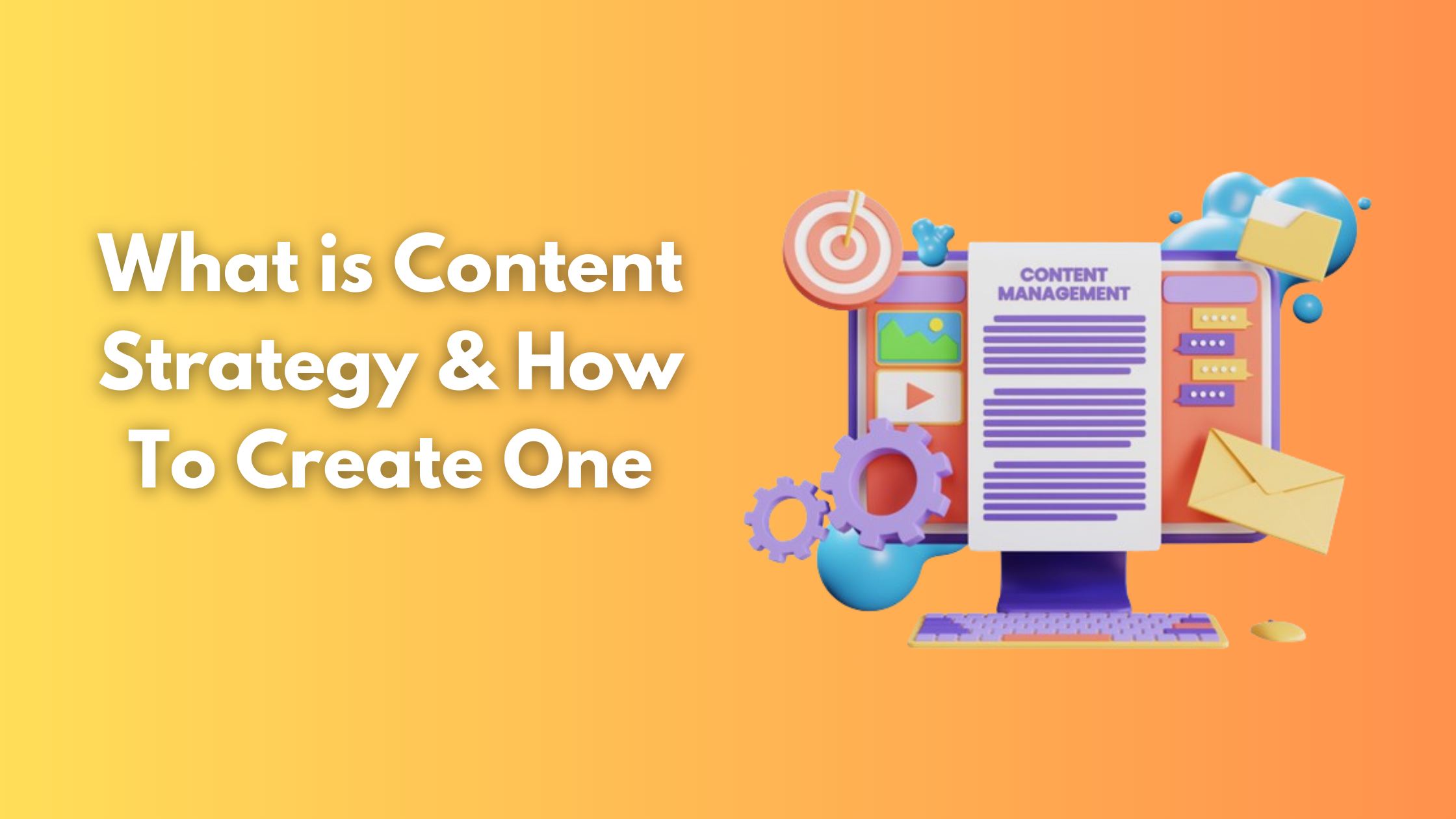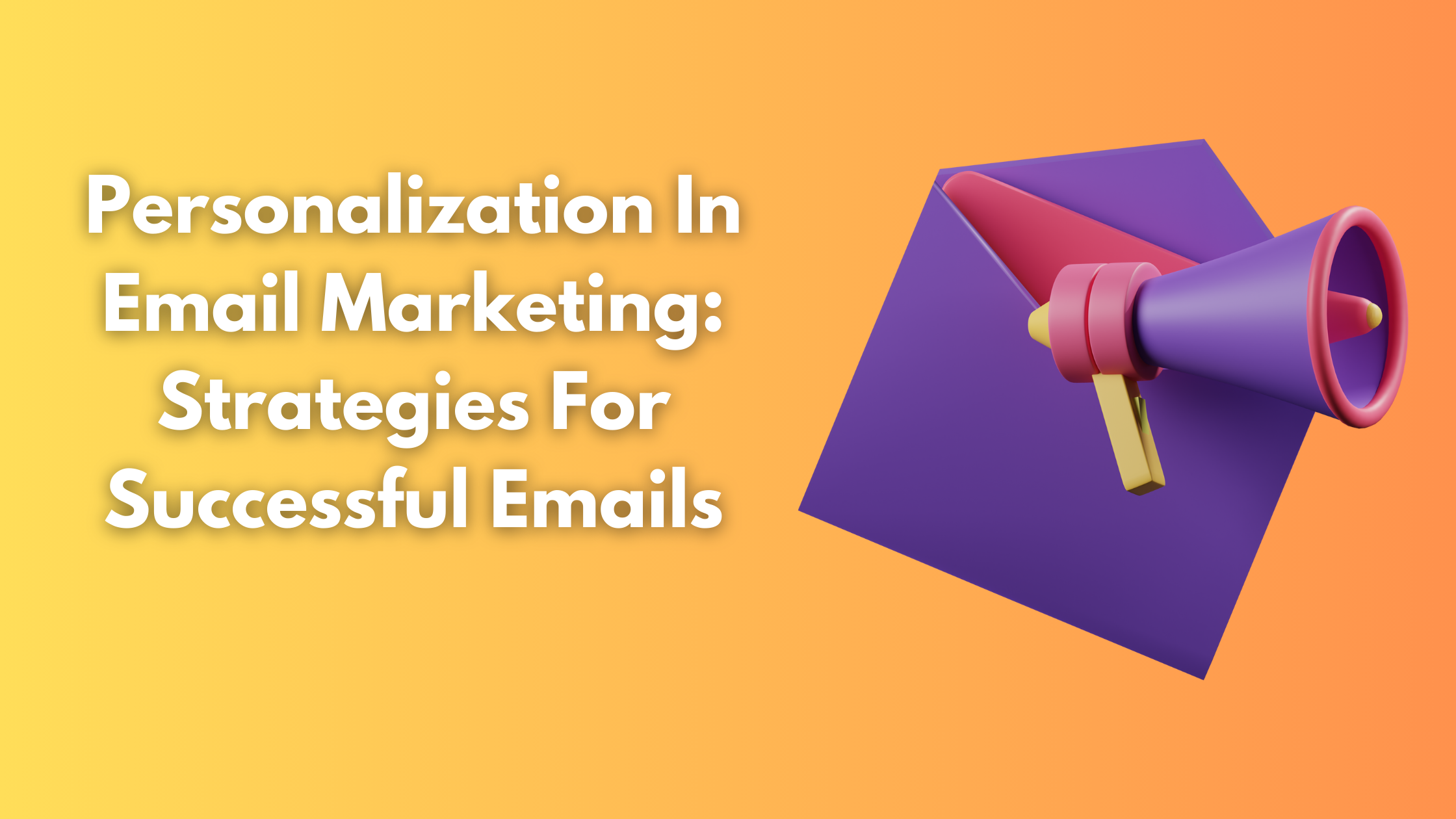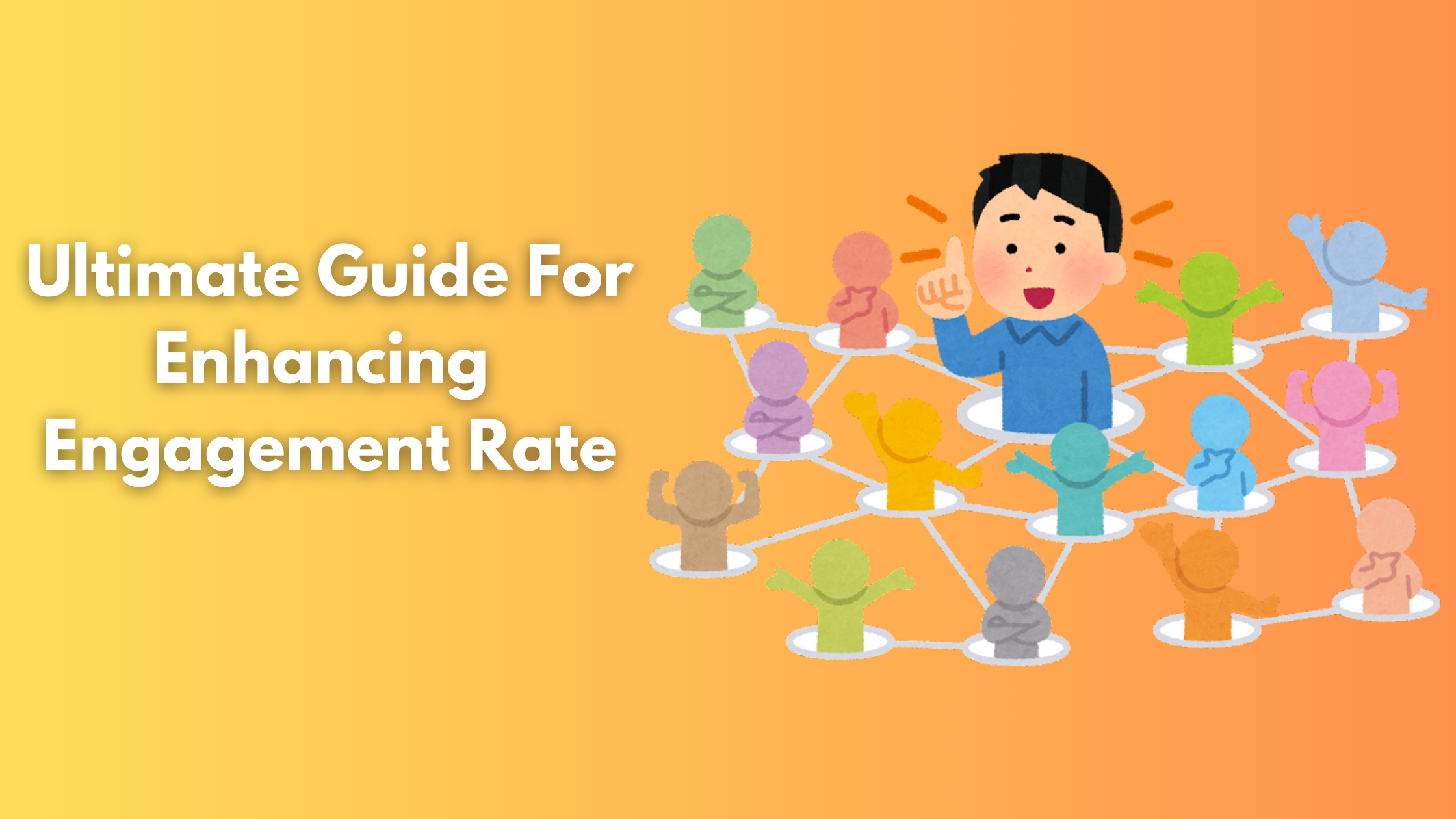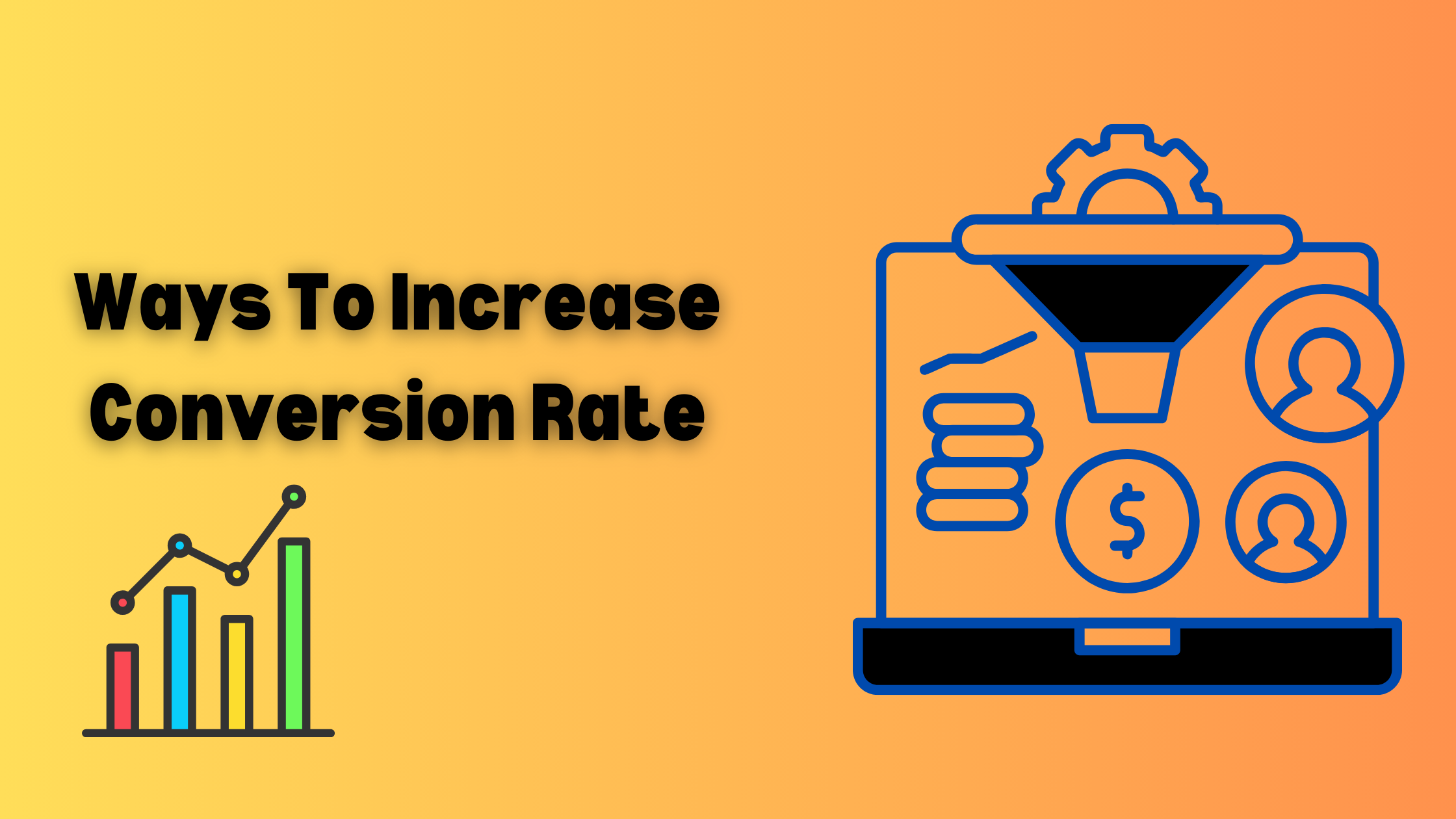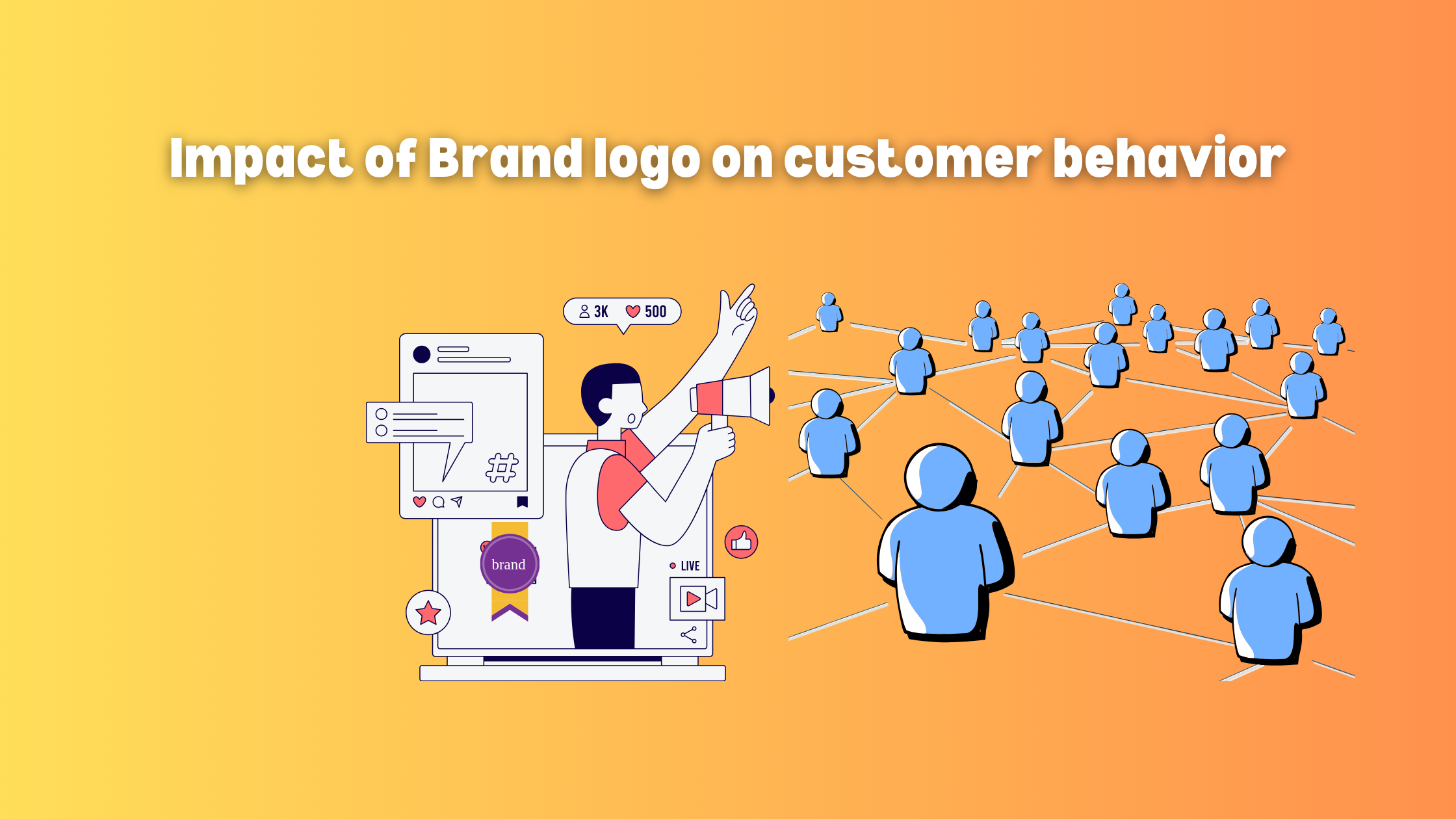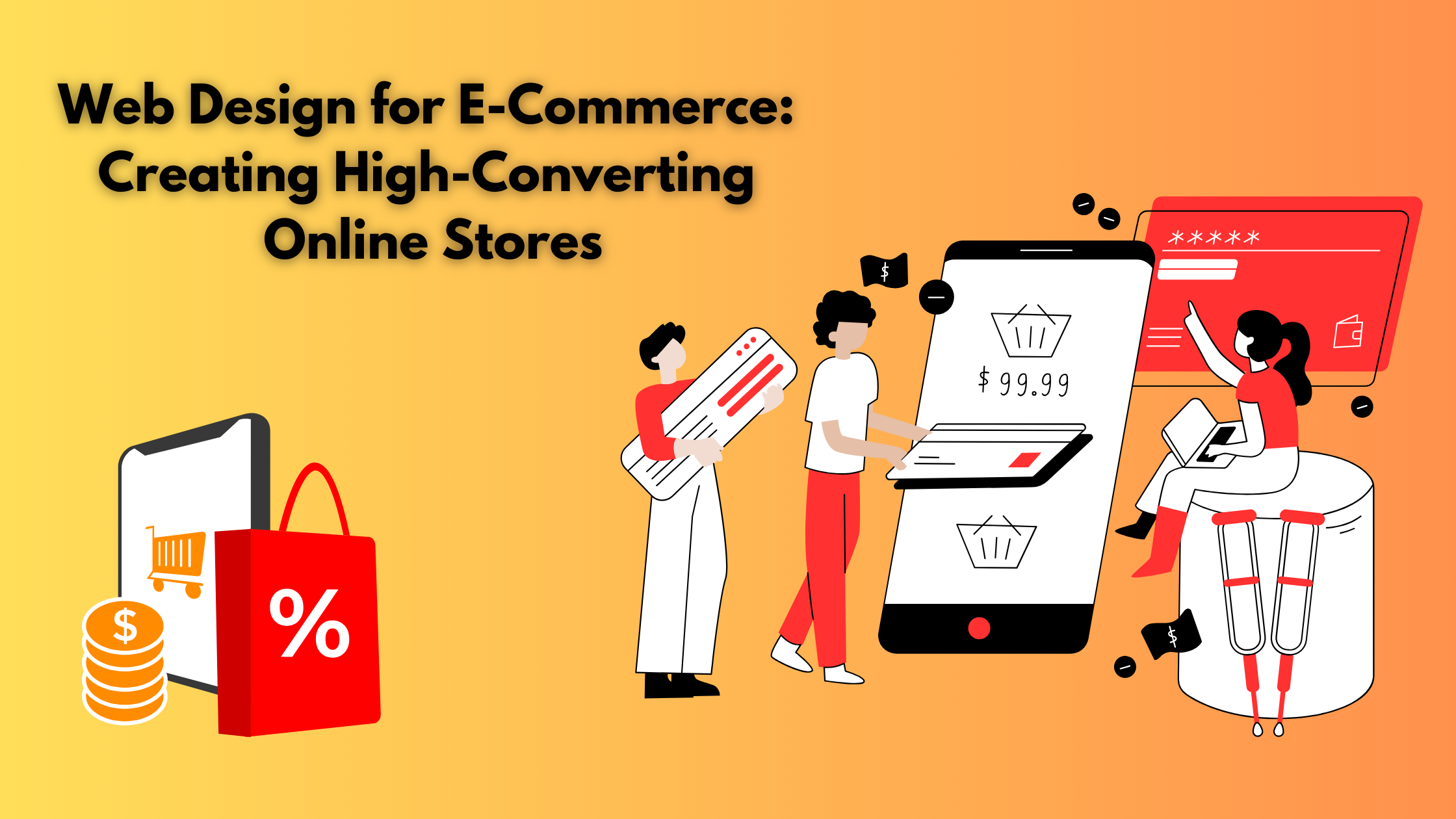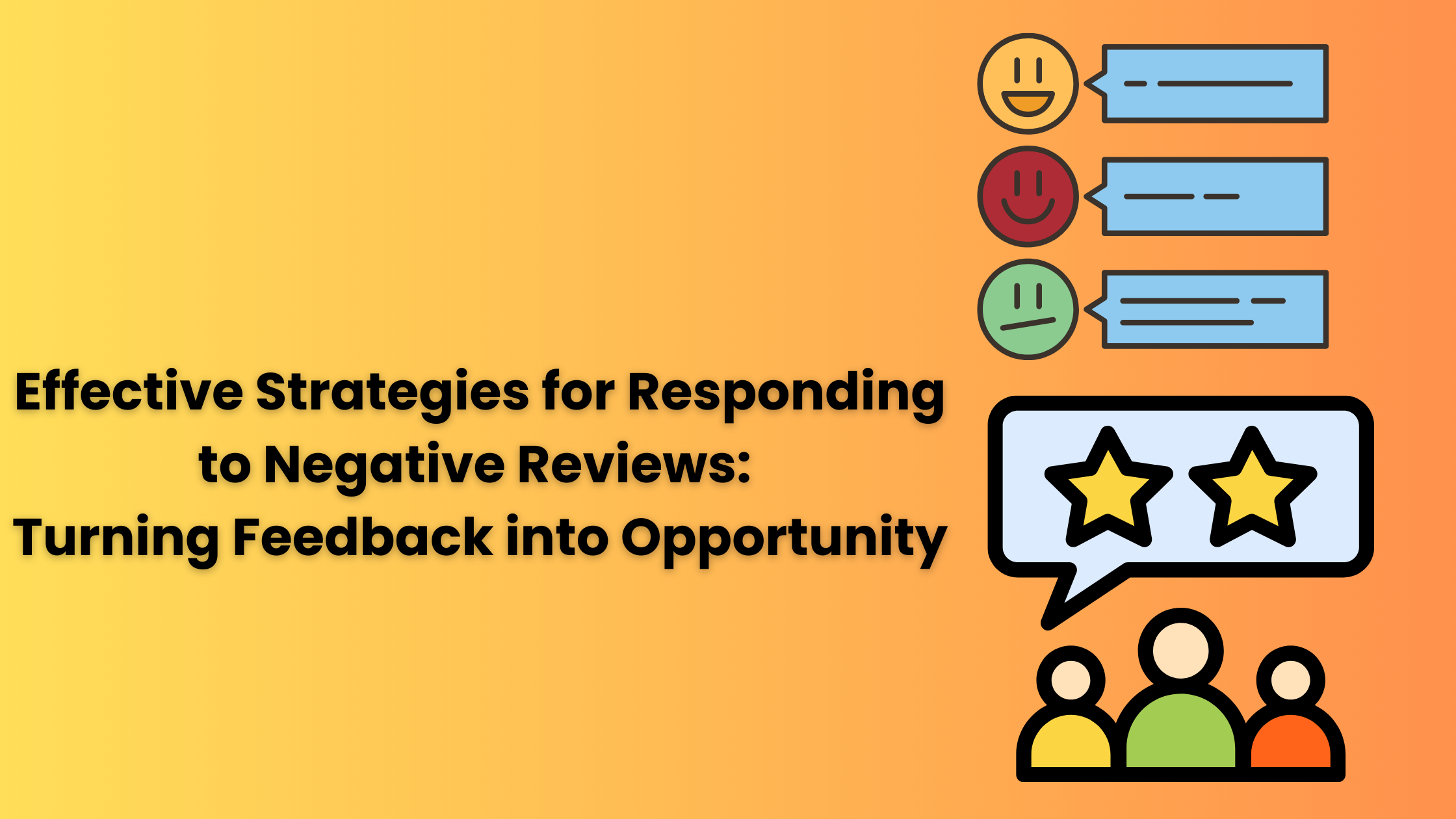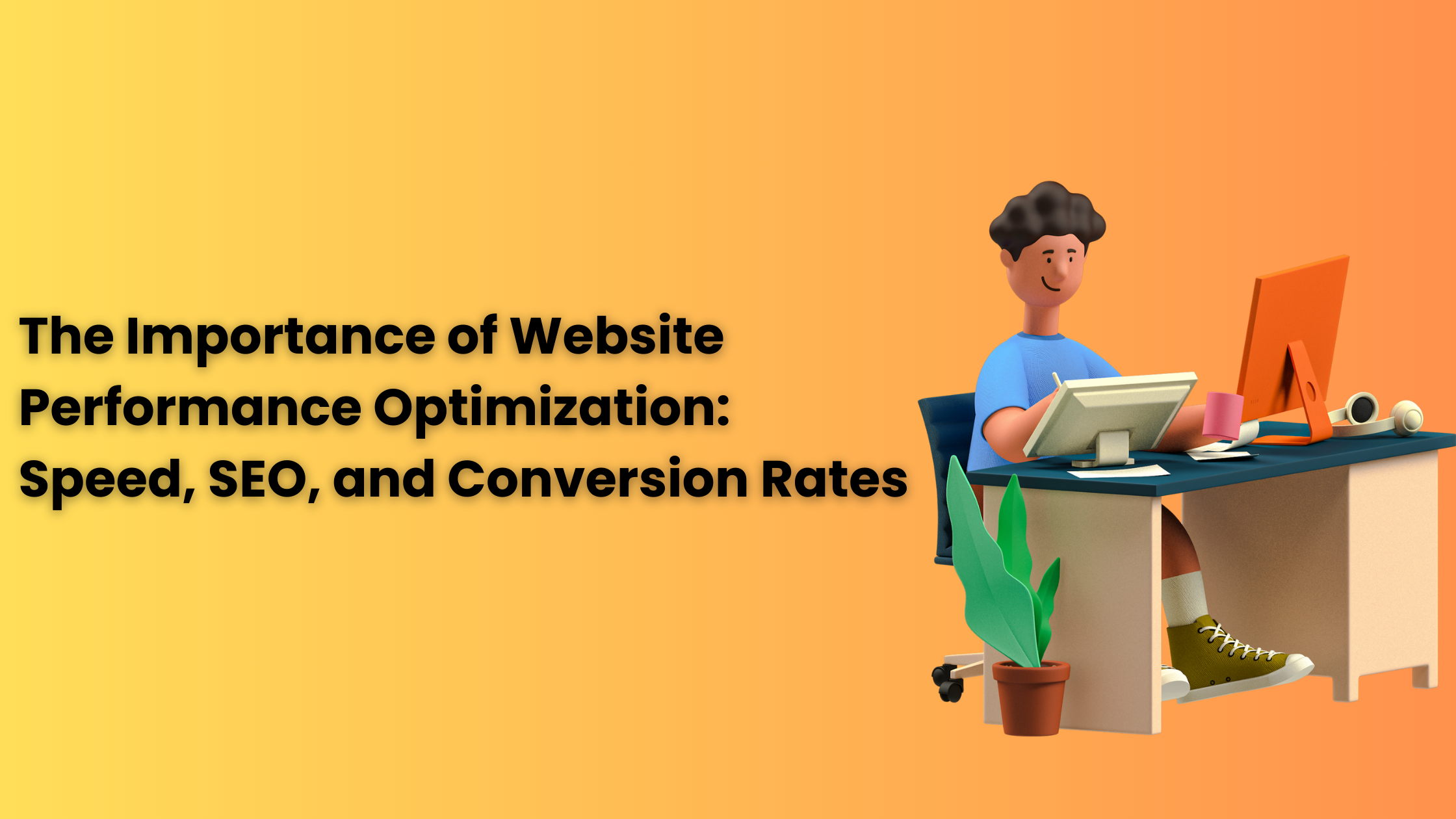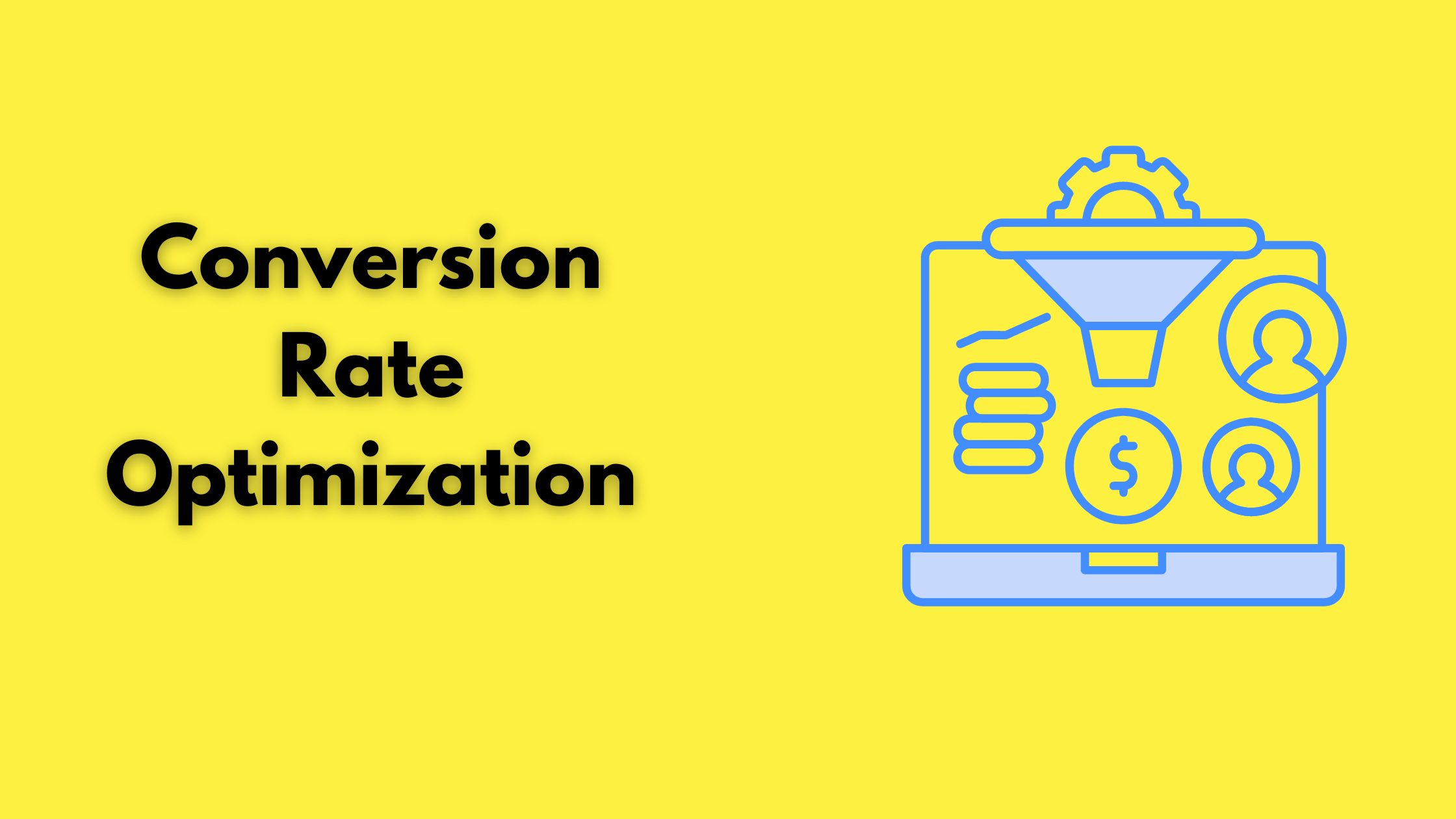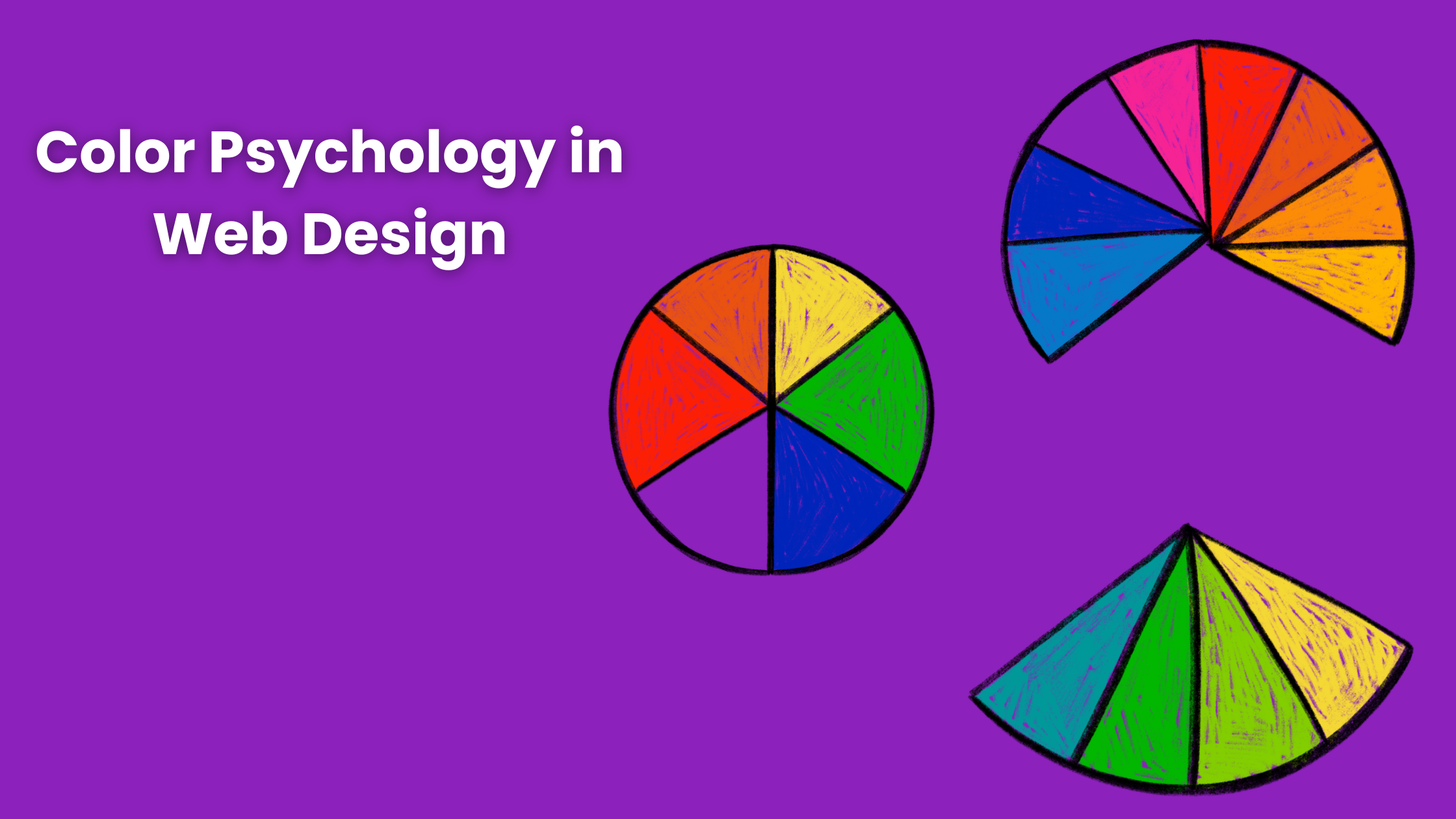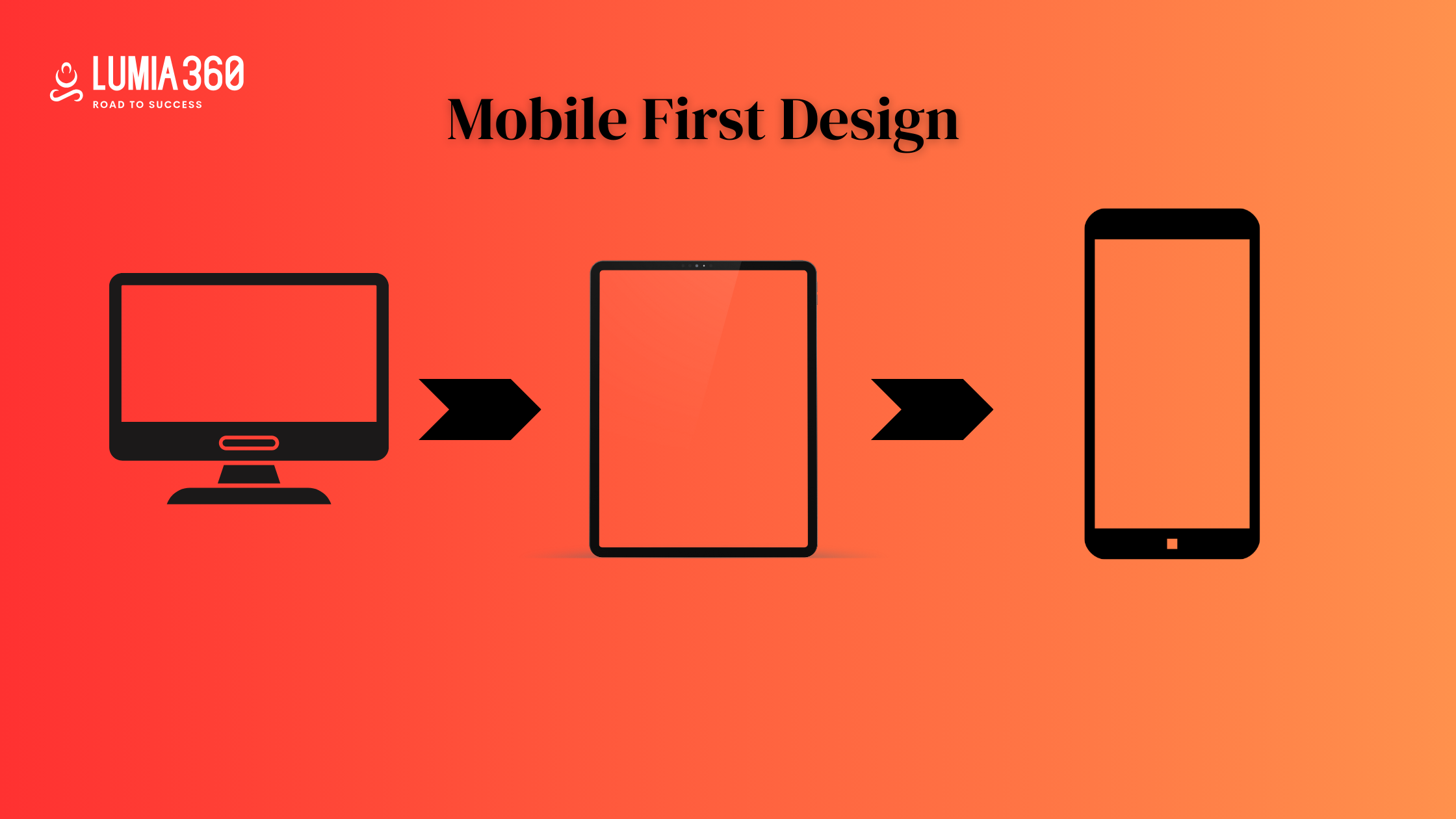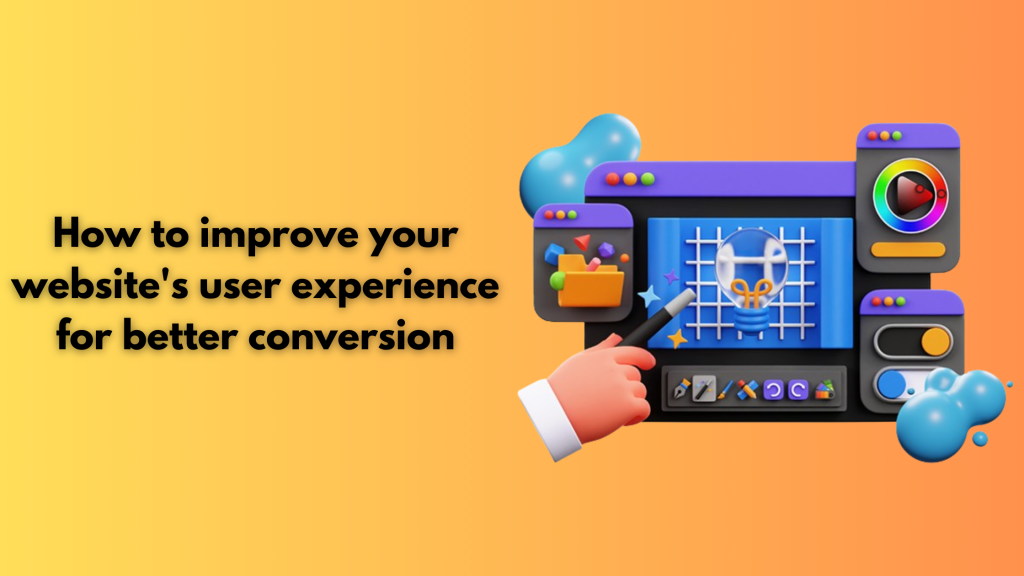
Over the last few years, the importance of providing a smooth user experience has grown. People visit your website for various reasons, such as to find information and make a purchase. While some just visit your website for browsing. Also, by 2025, 80% of B2B sales interactions will occur in digital channels. Irrespective of the reason, businesses want to provide a smooth and effortless user experience.
There are many ways to improve the UX of your website and motivate more people to take the desired action. User interface and website design help in improving the user experience. A smooth experience ensures that a customer may spend more time on your website. To create a successful website, you can’t ignore user experience (UX) and conversion rate optimization (CRO).
A well-designed website lets users search for the desired information in a few minutes and clicks. It also helps in fulfilling simple tasks easily, such as filling out forms. According to Google, 88% of users don’t return after a bad experience. In this article, we’ll learn what is UX design and its importance, the elements of UX design, and tips to improve UX!
What is user experience design, and why is it important
UX design is the process of designing a webpage that is useful and easy to use. It includes designing the layout of the website, CTA, upgrading the mobile app, etc. UX design aims to create websites that are user-friendly and provide an engaging and smooth experience to users. To create UX design, web designers must know the basics of human psychology and design principles. By studying different human behaviours, designers can create a design that suits everyone’s needs and expectations.
It is important to consider the feedback of the users to create a user experience design that centers around the user’s expectations and needs. Designers use various techniques to enhance the usability of the website and make it more customer-centric.
One of the most important elements of UX design is efficient navigation. To create an effective navigation system, designers need to create a customer journey map. Wireframes and prototypes are used to create an effective navigation system. Other than effective navigation, user experience design also helps in enhancing brand loyalty and customer satisfaction. It also enhances the traffic of the website and reduces the bounce rate. It also enhances the engagement rate of the website. It also boosts the conversion rate and enhances the accessibility of the website. Improved user experience also helps in building brand credibility.
Five elements of UX Design

Creating a UX design is a very important task that requires proper planning. Here are five important elements of IX design
- Strategy: Strategy involves the planning and blueprinting of the website. What the website will look like, to whom it would cater, what will be its features, how will you make it more functional, enhance usability, etc.
- Scope: It involves deciding what will be included in the website and which elements will not be included.
- Structure: It represents the organisational hierarchy of the design and how information will be distributed.
- Wireframe: It includes wireframes and other visual elements that will be included in the design.
- Interface: It includes the final visual appearance of the design such as colors, typography and other elements.
These elements influence the user experience design and make the website more effective.
Tips to improve user experience

Here are some of the UX design tips for enhancing the user experience, which eventually boosts conversion rate
- Social Proof: A relevant social proof helps in building trust. According to a study, an average person reads a minimum of 10 reviews before making a purchase, and 57% of customers will use a product only if it has a rating of 4 stars. It helps in enhancing the user experience by providing a comfortable experience and relevant information to them, which can help them in making a purchasing decision.
- Visual Hierarchy: A visual hierarchy helps users to focus on the important elements of the design. You can use color, size, etc to create a visual hierarchy. It helps in better understanding the information. You can use heatmaps to assess how users experience the webpages of your website.
- Storytelling: It is an important part of UX design. Using strong, powerful narratives can help users understand the benefits and strengths of your products to drive more conversions.
- Call-to-Action: The appearance and the placement of the CTA also plays an important role in UX Design. It guides the users into performing a desired action. Cluttered websites are the biggest hurdle in UX. Make sure your CTAs are clear and visible to the users. Effective CTAs enhance the conversion rate.
- Accessibility: Ensure that your website is usable by people with all disabilities. You must comply with the accessibility guidelines. You can also use proper alt-text for images, enable keyword navigation, etc.
- Consistency: Consistency in design builds confidence and makes users comfortable with the products. It is important to use consistent color, typography, layout, etc on your website.
- Intuitive Navigation: Make sure your navigation is easy to use and intuitive. Use clear labels to inform users what to expect next. Use the Next PagePath report in Google Analytics to know which pages visitors navigate to and from your home page or other pages. A good navigation enhances the user experience and guides them through your website and boosts conversion rate.
- Test: Iteration and testing are important steps in the UX design process. You can conduct a usability test to identify the areas of improvement. It also helps in making a data-driven decision. It ensures a smooth user experience. A/B testing can help you understand which design elements work best for you.
- Latest Trends: Stay updated with the latest user experience design trends. Make sure your website is responsive and adapts easily to new technologies and trends.
- Remove Unnecessary Elements: Remove all the unnecessary elements that hamper your website’s performance, such as broken links, slow-loading pages, poor page layout, etc. By removing all these unnecessary elements, the speed and performance of your website are enhanced. Which improves the user experience and conversion rate.
- Making Search Meaningful: Website search conversions are higher than average. In such a scenario, you must value your customers. Display the search bar in a visible place. Make accommodations for typos, synonyms, etc. Even if there are no direct results, offer a path forward.
Optimizing user experience is a long process, but it yields long-term results. A good user experience can enhance your conversion rate. Using the design principles and aligning it with user experience can boost your conversion rate. Redesign your UX design with Lumia 360, We offer our services to small and medium businesses. Our UX designed websites rank high on SERP and drive more conversions.
Read Also: How to Conduct a Digital Marketing Audit
Read Also: The Importance of Influencer Marketing in Social Media



